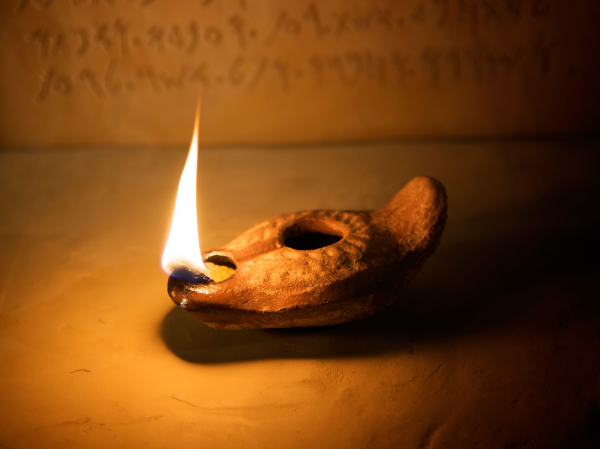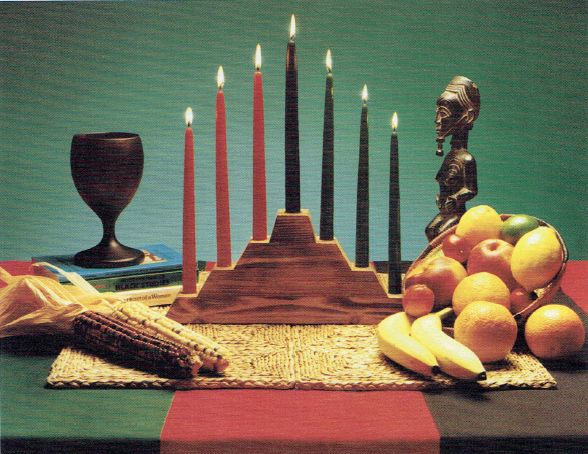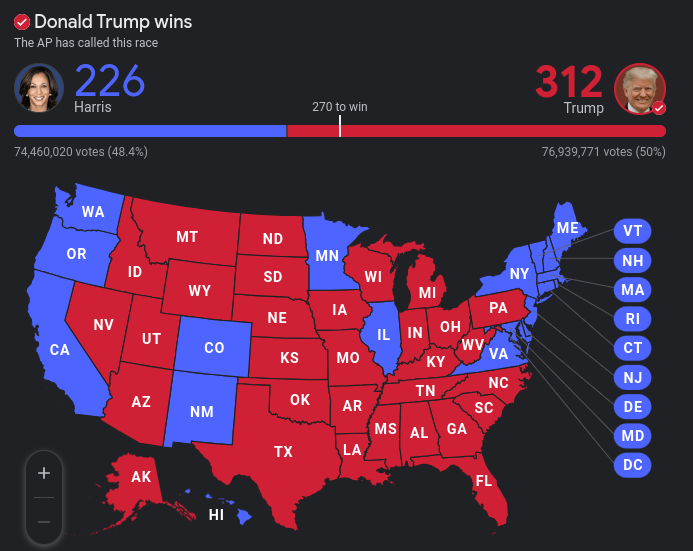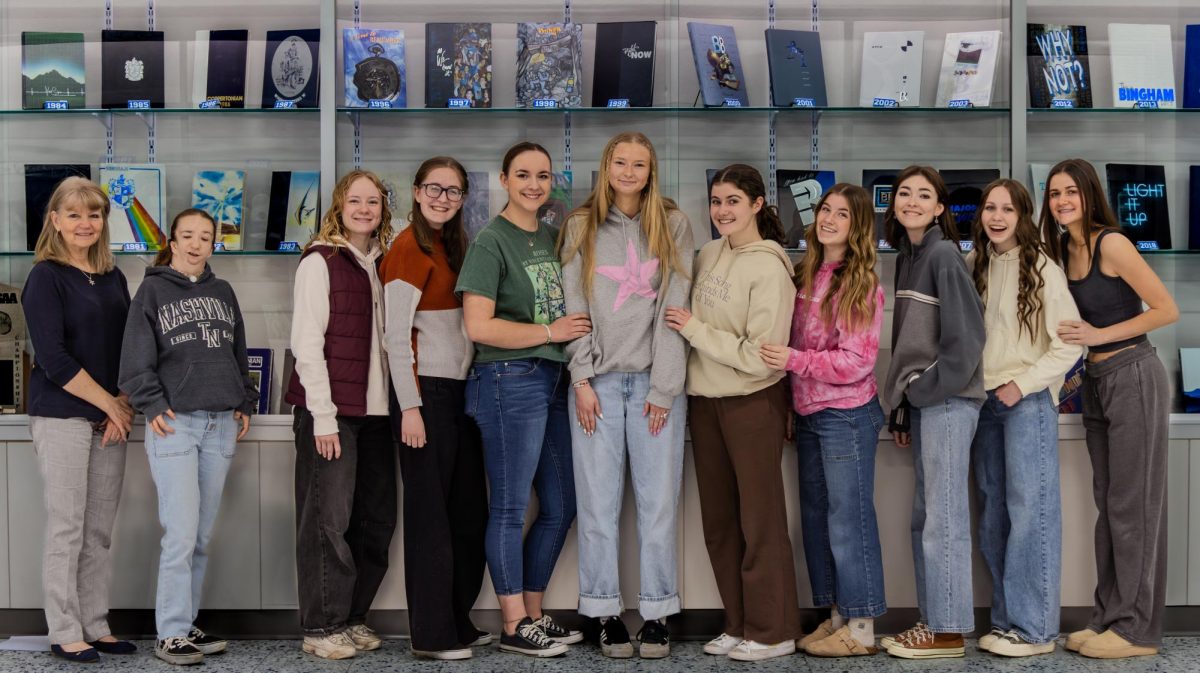Shorter days, colder temperatures, and sheets of snow. All signs of the start of Winter. A season of joy and togetherness that goes beyond cultural boundaries. And while here in the West we celebrate things like Christmas and New Year’s over the winter, that doesn’t mean other cultures come together in the same way. Around the world, people celebrate holidays unique to their heritage and home, from the many iterations of Christmas to Hanukkah to Kwanzaa.
Celebrating during the end of Winter is no new concept. Roman and other European customs often marked the winter solstice or the end of a harvest with gift-giving and festivities. However, after the birth of Jesus Christ, theorized to be somewhere between 10 BC – 10 AD, winter holidays took a different turn. Christmas is a unique combination of multiple cultures, combining Catholic, Pagan, Roman, and other European traditions. The jovial old man we know as Santa Claus is very universal, although going under different aliases. Sinterklaas, Pére Noël, Befana, Joulupukki, and Christkind, are all names for the same gift-giving figurehead we love. Father Christmas is often seen accompanied by a bad cop of the tradition, punishing naughty children not with coal, but with physical violence, such as Zwarte Piet, Krampus, Frau Perchta, and Belsnickel. But despite the name and character differences, the act of children receiving gifts remains constant throughout the celebration of Jesus’ birth.
Taking place over 8 days, Hanukkah celebrates the recovery of Jerusalem. On the Gregorian calendar, celebrations start anytime between late November to late December, while the Hebrew calendar places the start on the 25th day of Kislev, the third month of the civil year. Over the 8 day period, candles of a candelabrum are lit in order, each candle lighting the next. The lights represent the holiday’s miracle, and are meant to light “the house without”. It is a reminder of the singular cruse of oil the Maccabees found, that miraculously lasted for 8 days.
In addition to the candelabrum, special additions are added to daily prayers, and feasts are largely made up of food fried in oil, again representing the miracle. Currency known as “gelt” is passed around to children in small amounts, and the iconic dreidel game is played by kids after candles have been lit. Every aspect of Hanukkah is a symbol of Judaism’s history. From the games to the food to the nightly rituals, everything is a reference to the holy cruse of oil that lasted 8 days.

In the 60s, black separatist Maulana Karenga wanted to create a uniquely African-American holiday, meant to celebrate the history and culture of African descendants. In 1966, after the events of the Watts riots, Karenga did just that, giving way to the holiday named after the Swahili phrase meaning “first fruits”. From December 26 to January 1, Kwanzaa is celebrated by African-American citizens, bringing their culture and heritage to the forefront of the season. It is a unique blend of multiple celebrations, finding its roots in Ashanti and Zulu customs. The 7 days of the holiday represent the 7 principles of Kwanzaa, each being an aspect of African culture; Umoja (unity), Kujichagulia (self-determination), Ujima (collective work and responsibility), Ujamaa (cooperative economics), Nia (purpose), Kuumba (creativity), and Imani (faith). A 7-branched candle holder, known as a “kinara”, has 3 red candles, 3 green candles, and 1 singular black candle in the center, called “Mishumaa Saba” (Swahili for “7 candles”). Each candle represents a principle of Kwanzaa, and a candle is subsequently lit for each day of the celebration. The colors of the candles have symbolism as well; The black candle is lit first and symbolizes the African people. Red represents the struggle of the African people, and green is the future and hope that is born from the struggle.

African art decorates houses, and everyday greetings are changed from our standard “Hello!” and “What’s up?” to “Habari Gani?” (Swahili for “How are you?”). On the 6th day of the celebration, the Feast of Faith (known as Karamu Ya Imani, or shortened to Karamu), takes place. Other festivities that occur during Kwanzaa include stories, poetry, drumming, dancing, singing, and smaller feasts. Crops, and especially corn, are very prevalent throughout the celebration. Despite being recently created, Kwanzaa is widely celebrated, combining multiple cultures and ideas to empower African Americans through their heritage.
In the world of winter festivities, each celebration, be it Christmas, Hanukkah, or Kwanzaa, creates a global symphony of traditions that resonate with the warmth of togetherness and the spirit of joy, proving that the season is not just about the chill in the air but the warmth in our hearts.


![Photo Credit; Miller, Kim. “City of Asheville prepares for a weekend of winter weather.” City of Asheville prepares for a weekend of winter weather [Ashville], 10 February 2023, https://www.ashevillenc.gov/news/city-of-asheville-prepares-for-a-weekend-of-winter-weather/. Accessed 06 January 2025.](https://binghamprospector.org/wp-content/uploads/2025/01/Screenshot-2025-01-14-7.54.38-AM.png)


